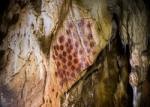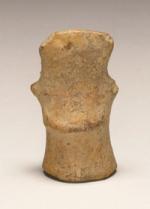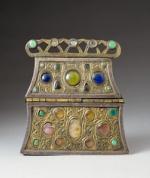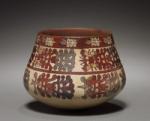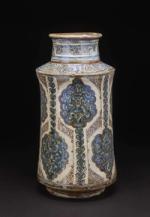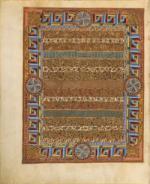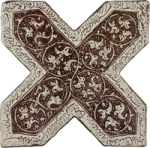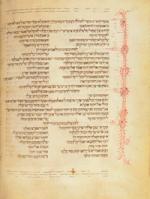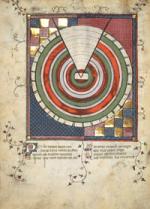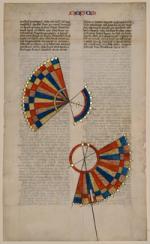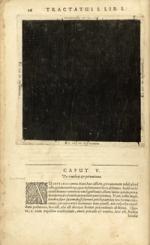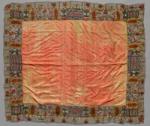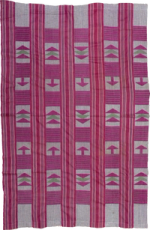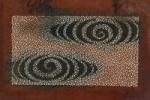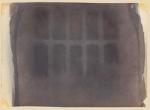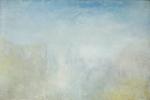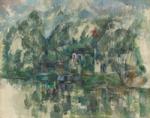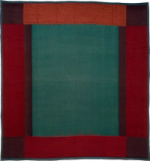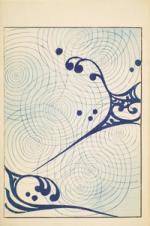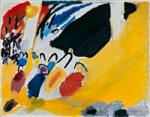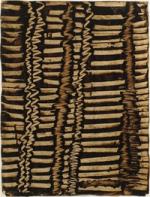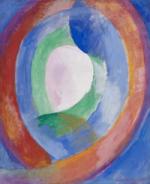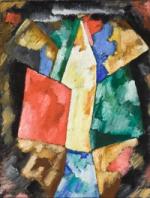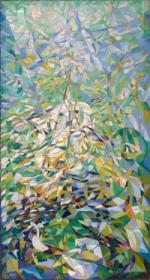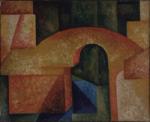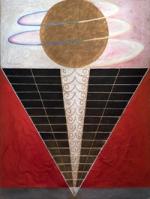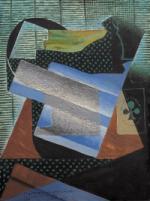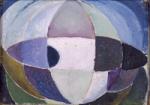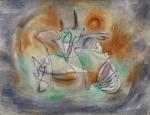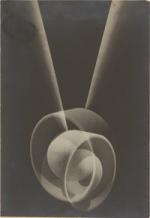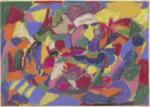Divine Abstraction
Curated by Loic Le Gall
15.07-31.10.25
The official "birth" of abstract art took place in 1910 with the colour patches of the Russian artist Vasily Kandinsky. He concentrated on nuances and forms and invoked a spiritual influence. This abstract art developed in response to the cataclysms of the beginning of the century and in revolt against tradition in a need for emancipation from the classical canons of art.
Divine abstraction presents a partial selection of works for which abstraction evokes an elevation of the human consciousness. The first representations conceived by humans were related to shamanism and then to religion, while many of the objects that have come down to us today were related to the cult of the dead. Abstract art was immediately an art of sensation, a spiritual art, an art of another dimension. Indeed, it seems Obvious to conceive of representations that do not evoke the observed reality when talking about intangible worlds. It is only logical that the first painters defined as "abstract" should have based the beginnings of their art not on mathematics or exact science, as was later the case, but rather on spirituality and feelings. Already in the Palaeolithic period, walls were decorated with frescoes.
While most of the paintings show animals, providing a kind of everyday art, some are composed of signs and symbols that do not evoke any known figuration. Some of its forms are even called "punctuation", meaning paintings composed of dots. Speculation about the function of his works is rife and remains an enigma. It should be noted, however, that one of the most persistent hypotheses projects magical or shamanic dimensions.
Human forms were also extremely schematised, as in Cycladic sculpture for example. Geometric decorations became more and more common as human populations became more settled. Almost all civilisations leave traces of an “abstract art” that is part of everyday life. It serves to fill the void as much as to represent invisible forms. In the Middle Ages, knowledge was gained through handwritten works, copied and recopied. Bibles, thoras and Korans were illuminated and decorated with various forms.
Abstraction is connected to monotheistic religions for various reasons. In particular, the representation of figurative images has been the subject of complex debates in Islamic civilisation. The fear of the image stems from idolatry, a position shared with the Jewish religion. For Islam, only the creator can breathe life. Christianity takes the opposite view, while retaining strong geometric symbols. The afterlife and life after death have been obsessive subjects for thousands of years. “Modern abstraction” emerged in this context at the end of the 19th century with automatic drawings by mediums such as Georgiana Houghton. It is a question of the artist being a simple intermediary between different states of consciousness.
Kandinsky continues this principle in a way by searching for his “inner nature”. Other concepts such as theosophy, an esoteric doctrine, had many followers, including Hilma af Klint and Piet Mondrian. It is necessary to go through art to reach a higher degree of wisdom. Abstraction becomes a tool, a therapy to evolve. The divine will later give way to mathematical and purist abstractions which will be in search of objectification.
The awareness of abstraction has thus existed for thousands of years, although no source makes it possible to say whether it was claimed before the 20th century as a form of expression in its own right. This presentation is a treasure hunt that allows everyone to make up their own mind.
Loic Le Gall
Loïc Le Gall is the director of the Passerelle Centre d'art contemporain in Brest, France. Before that, he was Assistant Curator of the Department of Contemporary Art and Prospective of Centre Pompidou, Paris. At CAC Passerelle, Le Gall he has curated exhibitions by Rafael Domenech (2022), Hoda Kashiha (2022), Achraf Touloub (2021), Caroline Mesquita (2020), Apostolos Georgiou (2020), Luiz Roque (2020) and group shows including « Abstractions cubaines des années 1050 à nos jours ». He created Bonnevalle, a non-profit art space in Noisy-le-Sec (France), and is a regular contributor to artists catalogues and magazines.
